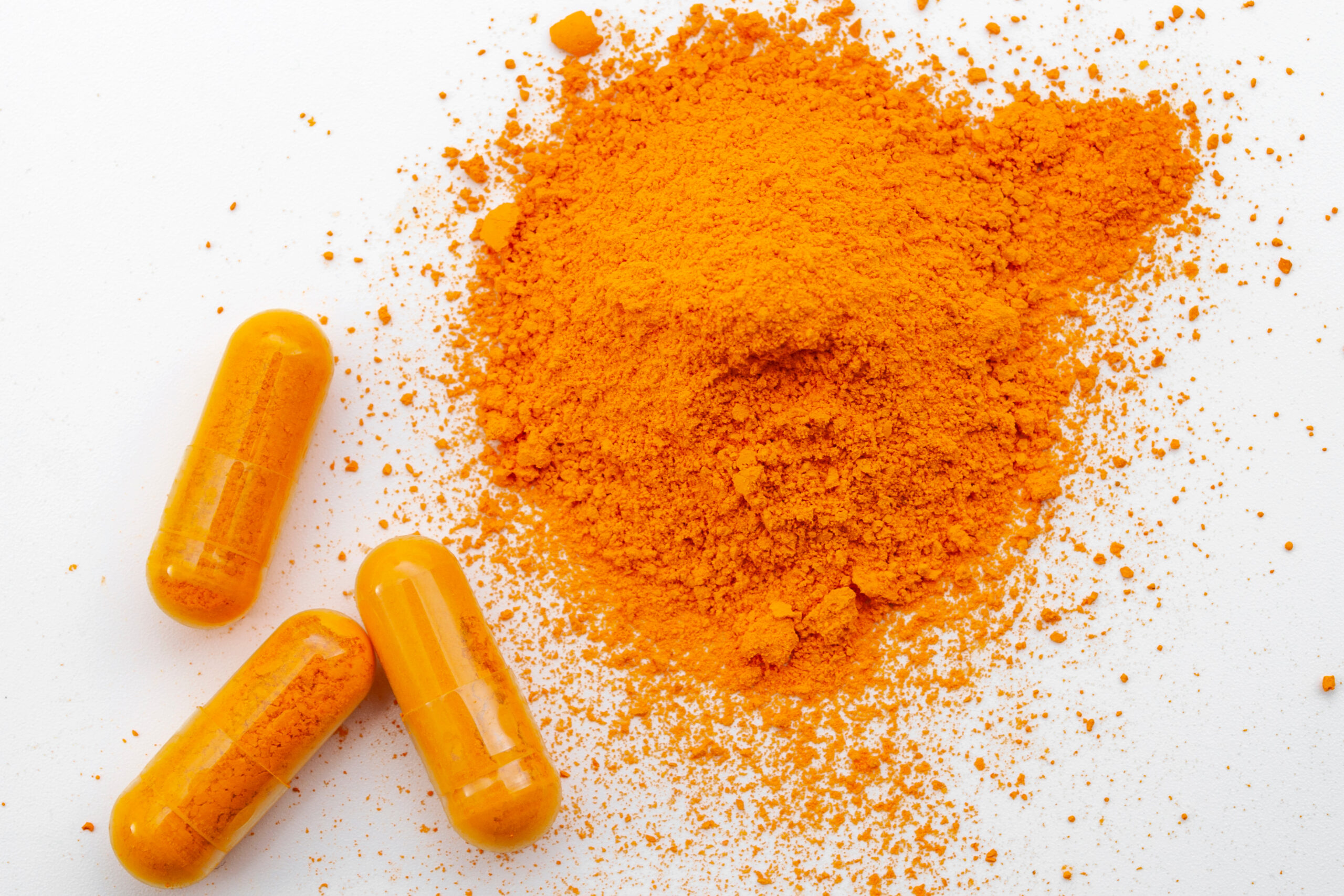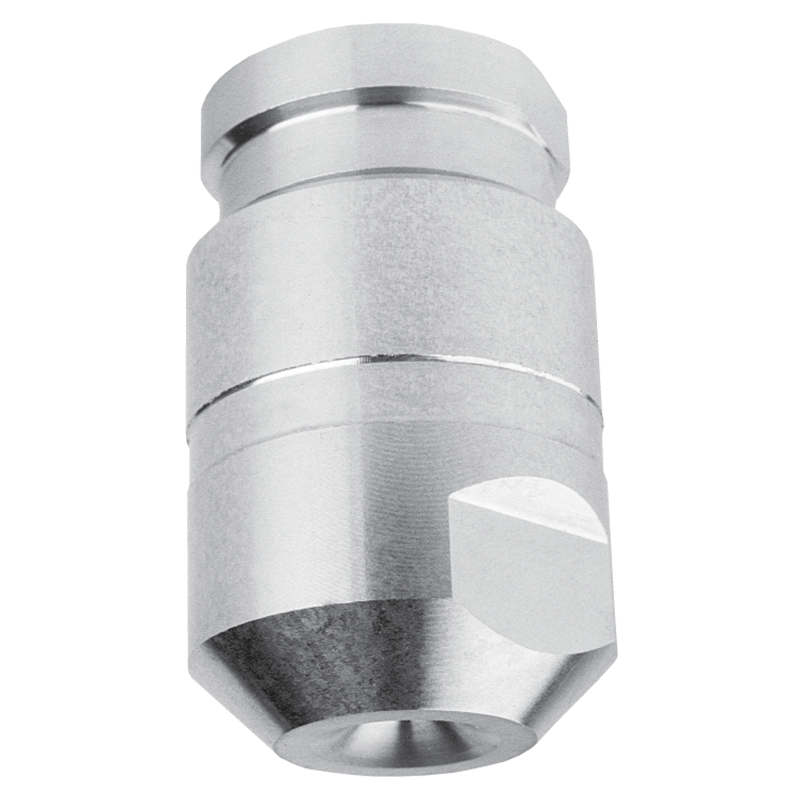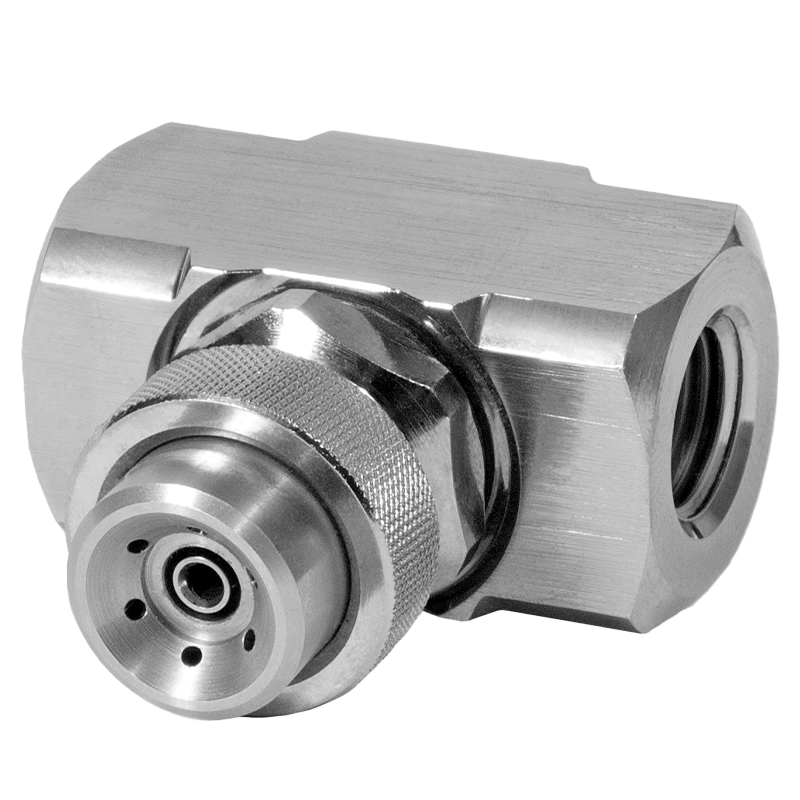
Why Use Spray Drying?
Spray drying is a process used to produce dry powders from a liquid or slurry solution. The liquid is atomized into small droplets, then dried in a hot gas or air stream to remove the solvent. The resulting powder can be collected and packaged for various applications, such as food ingredients, pharmaceuticals, and ceramics.
Spray drying offers several advantages over other drying methods, including high efficiency, producing uniform and free-flowing powders, and producing powders with a desired particle size distribution. Spray drying is an ideal solution for drying heat-sensitive materials.
Several factors affect the quality of the final product, including the type of atomizer or spray nozzle used, the inlet and outlet temperature, the flow rate of the air, gas, slurry, percentage of solids in the slurry, and the size and shape of the drying chamber. Spray drying is typically performed using specialized equipment, such as a spray dryer.
Rotary atomizers were initially used for spray drying to create fine droplets of liquid by centrifugal force. While rotary atomizers have many advantages, they can be costly, difficult to maintain, and require high energy consumption making them less attractive. Spray dry nozzles are a great alternative to using rotary atomizers.
Why Nozzles Are An Important Component In Spray Drying
Spray dry nozzles are a critical component in the spray drying process. They are responsible for converting the liquid feed into droplets, which are dried in the hot air stream. The type of nozzle used can greatly affect the quality and characteristics of the final powder product.
Here are a few types of spray drying nozzles commonly used in the industry:
Hydraulic Nozzles: Hydraulic nozzles use a combination of high-speed rotation and high-pressure fluid flow to produce fine droplets. They are often used for low-viscosity liquids. Innovative designs like the BETE Twist & Dry® spray dry nozzle provide superior and reliable performance for spray drying.

Two-fluid nozzles: These nozzles use two fluid streams, one for atomizing and the other for providing the necessary pressure. They are commonly used for highly viscous liquids and offer good control over droplet size. The XAER twin fluid nozzle is highly dependable for spraying liquids greater than 100 centipose.

The choice of a spray dry nozzle depends on several factors, including the viscosity of the liquid, the desired droplet size, and the requirements of the final product. The design of the nozzle can also affect the energy consumption of the drying process, so it’s important to choose the right type of nozzle to optimize the process and produce a high-quality product.
How To Benefit From Twist & Dry® Spray Dry Nozzle Technology
Twist & Dry® (TD) is an engineered spray dry nozzle solution developed by BETE that simplifies maintenance and offers design flexibility to fit specific application requirements. TD has a unique, patented locking system that securely locks the swirl and orifice into the carrier during assembly and change-out. Easier installation eliminates the difficulties of replacing worn nozzle parts at the lance located inside the dryer. If you operate and maintain a spray dryer, you know how challenging it can be to replace worn parts.
Here are a few benefits of TD spray dry nozzle technology.
· Over 1,000 interchangeable combinations to fit your specific flow rate and spray angle requirements
· Patented locking lug feature securely locks swirl and orifice in place with no extra parts
· Clog-resistant
· The nozzle body is made from 218SS material to prevent galling
· Rated at pressures up to 10,000 psi (High temperature rated for 7,000 psi @ 800°F)
· Requires no special tools for assembly of the body and carrier
· Replacement swirls and discs are readily available for quick delivery
Not all spray dry processes are the same and for this purpose, the Twist & Dry spray dry nozzle system comprises four modular components to meet all spray dry requirements.
· TD Nozzle Series: TD spray dry nozzles have a patented locking lug feature for easy maintenance and installation. These nozzles are resistant to clogging.
· TDL Nozzle Series: TDL nozzles are compact and have all the same features as the TD but offer lower flow rate options and are ideal for small-scale applications and pilot testing
· TD-K Nozzle Series: TD-K nozzles are designed with PEEK backup rings for higher-pressure applications up to 10,000 psi.
· TD-HT Nozzle Series: TD-HT spray dry nozzles utilize a special body and carrier to replace traditional O-rings with metal gaskets for withstanding higher temperatures up to 800°F.
Learn More About Spray Dry Nozzles And How To Choose The Right One
Choosing the right spray dry nozzle for your application can ensure cost savings, increased efficiencies, and a quality product. With over 70 years of experience in the spray nozzle industry, we have the knowledge to optimize your spray dry process with high-performance spray dry nozzles that perfectly fit your applications.






